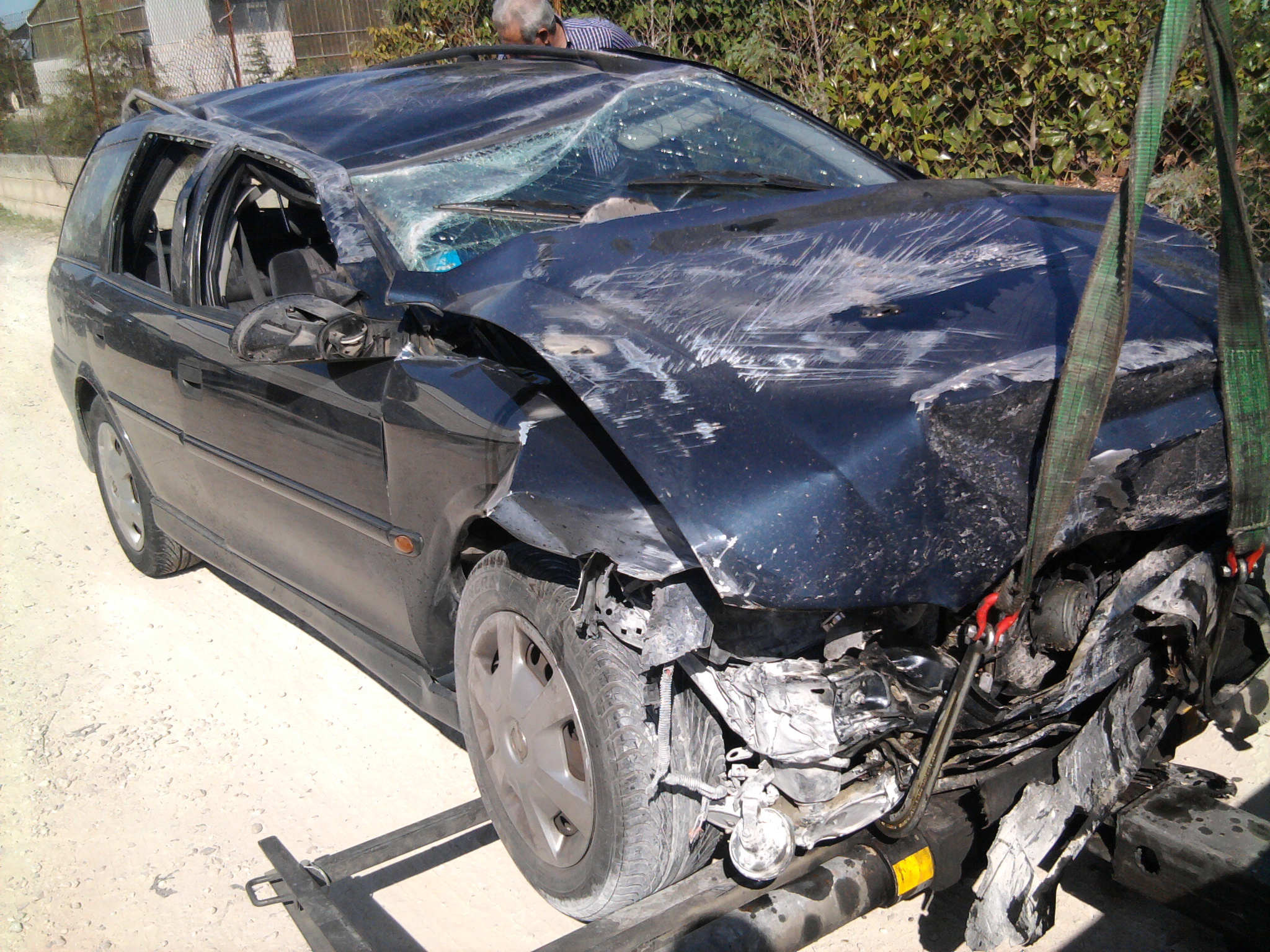How Much Can You Trust Your Car’s Anti-Crash Technology System?

In the race to maximize both comfort and safety for modern motor vehicle passengers, almost every car manufacturer in the world has started incorporating Crash Avoidance Technology (CAT) into their products. While it is undoubtedly true, based on available data, that these technologies have significantly reduced the risk of serious accidents for people using them, they are also far from perfect. The occasional failure of CAT has already had devastating repercussions in many situations.
The question of how much you can trust your car’s anti-crash technology system is difficult to answer conclusively, mainly because this technology is rapidly evolving almost daily. When it comes to liability for car accidents, though, this question is an important one to answer, as any experienced auto accident attorney could affirm.
What Crash Avoidance Technology Looks Like Today
The primary purpose of CAT is not to make the driver’s presence redundant but to account for human errors that individuals might make on the road and ensure that those small mistakes do not have catastrophic consequences. To that end, these systems typically focus on one or more of the following:
- Warning drivers about vehicles, people, or other obstacles in their blind spot(s)
- Lane departure warnings meant to ensure drivers do not inadvertently drift into other traffic lanes
- Collision detection systems built to warn drivers of an obstacle they may hit based on distance and rate of speed
- Automatic emergency braking that may automatically slow or stop a vehicle when its driver is about to collide with something or someone else
Some companies, such as Tesla, have begun pioneering fully self-driving vehicles in the public sphere, working towards a future where an automobile can transport passengers from point A to point B without any direct human intervention. It should be strongly emphasized, though, that this technology is still years away from being completely dependable in real-life traffic conditions, and relying on it altogether to avoid collisions can be exceptionally dangerous.
Can CAT Defects Be Grounds for Litigation?
In a legal context, CAT systems can be treated somewhat similarly to other safety features inside modern vehicles, like airbags and seatbelts. If someone gets hurt in a collision specifically because their seatbelt was defective, for example, they will have grounds to file suit against their vehicle’s manufacturer for selling them a dangerously faulty product. Similarly, if a collision happens solely because Crash Avoidance Technology malfunctioned, that defect could possibly justify litigation.
However, it is important to differentiate between crashes that are caused specifically by a CAT system failing and crashes that a functioning CAT system was unable to prevent. In the latter scenario, an injured driver’s negligence—and therefore their own degree of liability—could be a significant factor in determining whether litigation is possible. This is especially true in states like Virginia, where pure contributory fault rules prevent anyone found even slightly to blame for their own civil damages from getting any compensation whatsoever.
Reach Out to an Attorney if Your Car’s CAT System Caused You to Be Hurt in an Accident
When questioning how much you can trust your car’s anti-crash technology system, it is essential to remember that these safety features are meant to help drivers, not to replace them. Following standard traffic rules and regulations are still paramount to ensuring the safety of yourself and those around you while on the roads.
If you become involved in a crash, a qualified attorney could go into more detail during a private meeting about whether a specific situation involving CAT could be the basis for a claim. Reach out to our firm to learn more.













